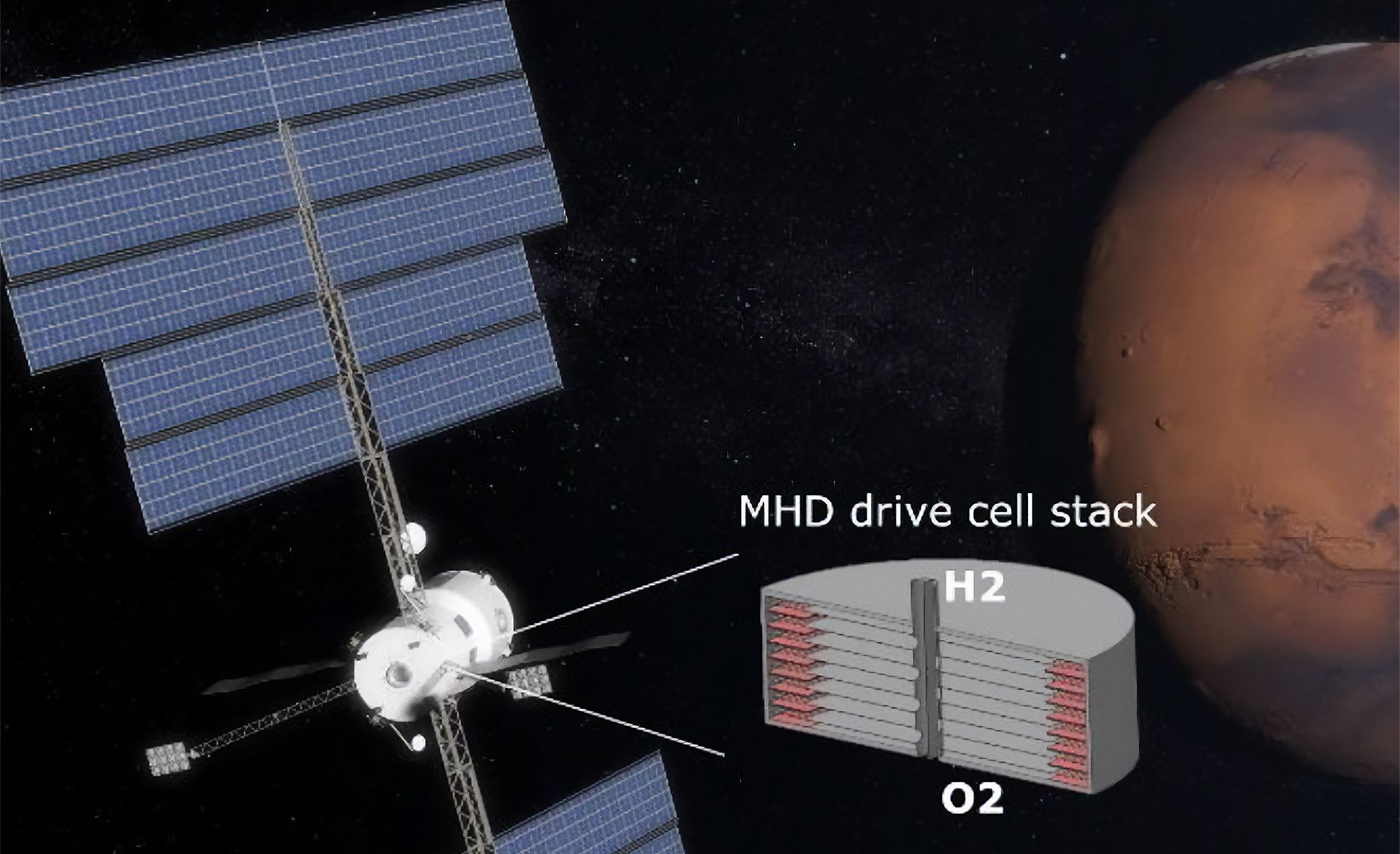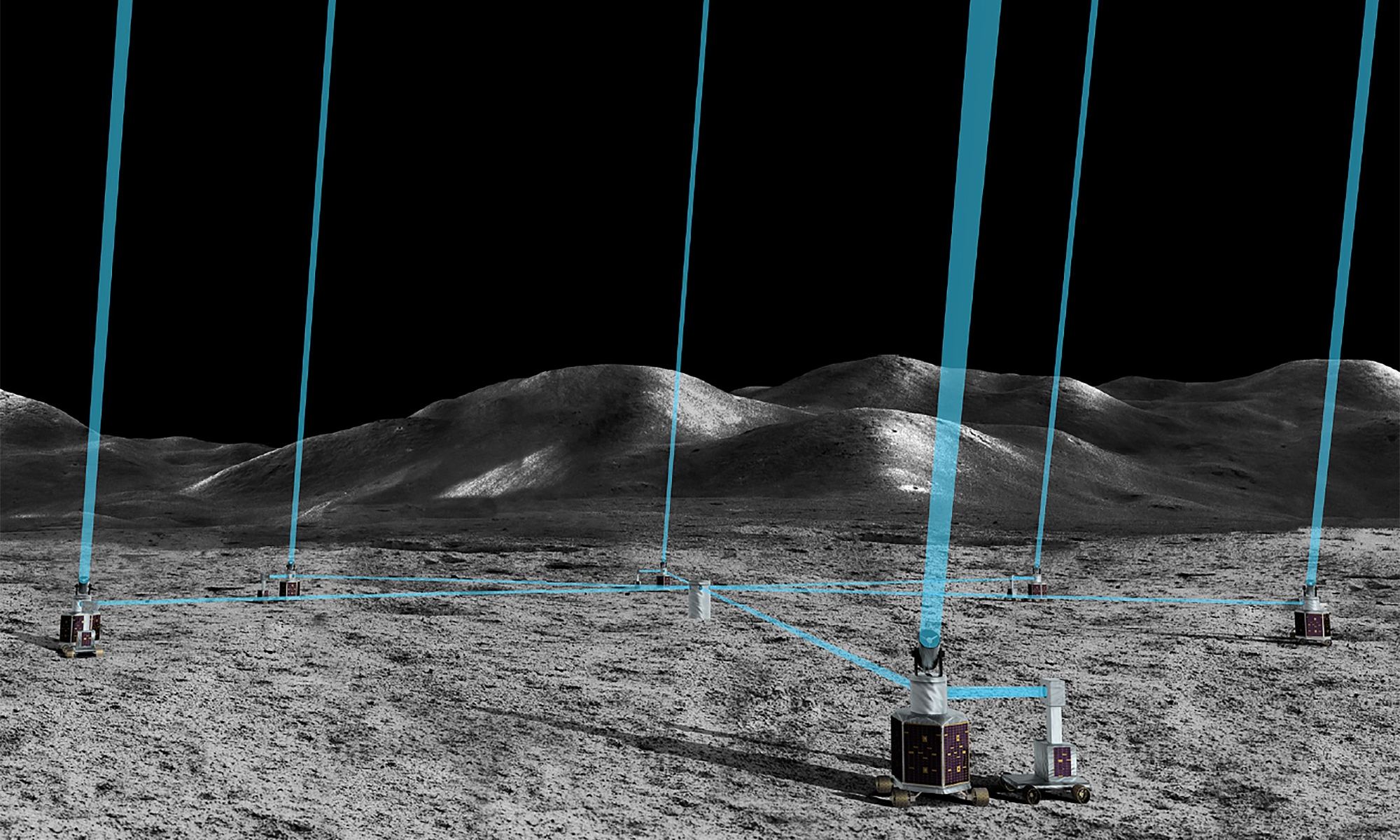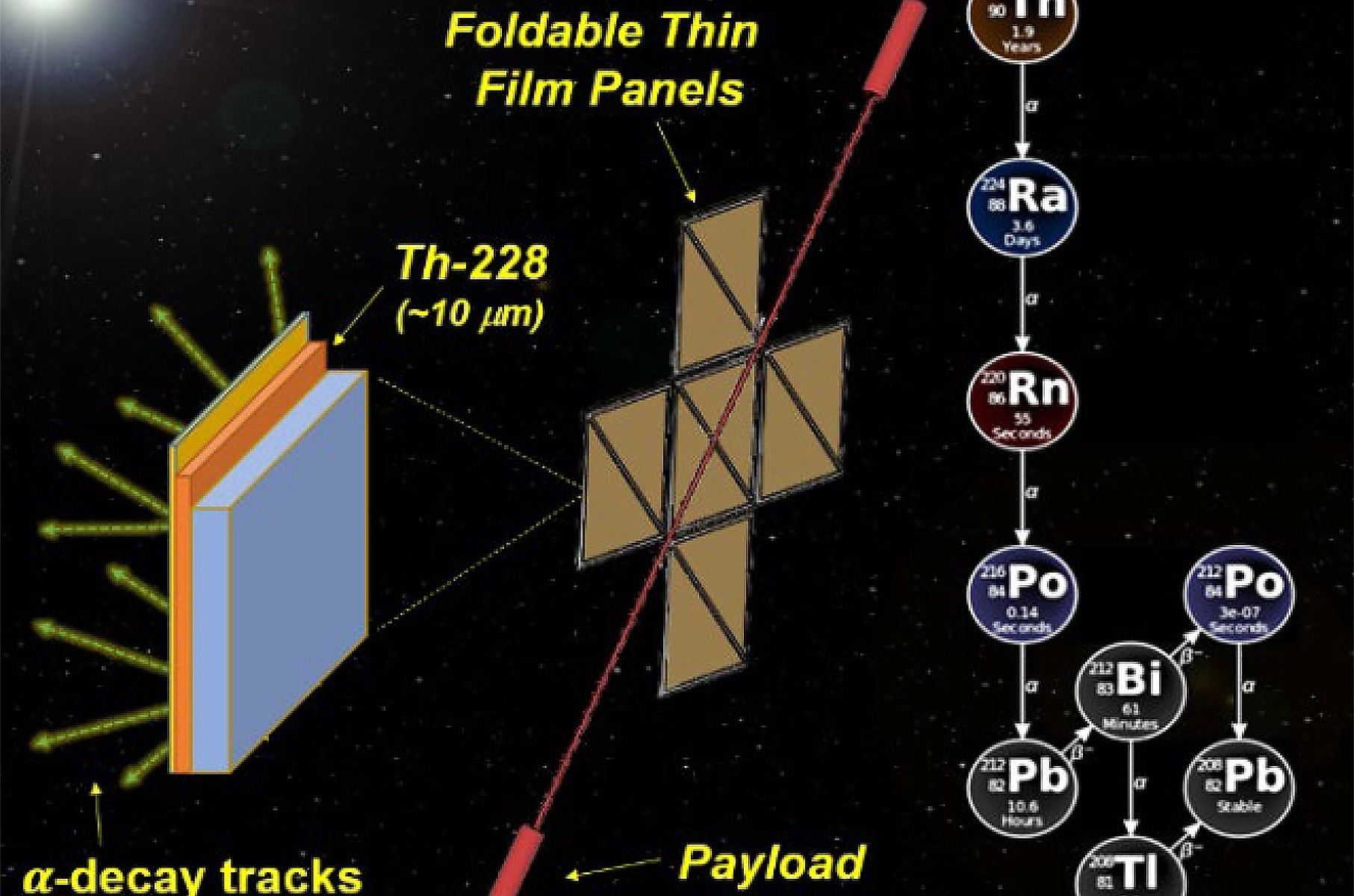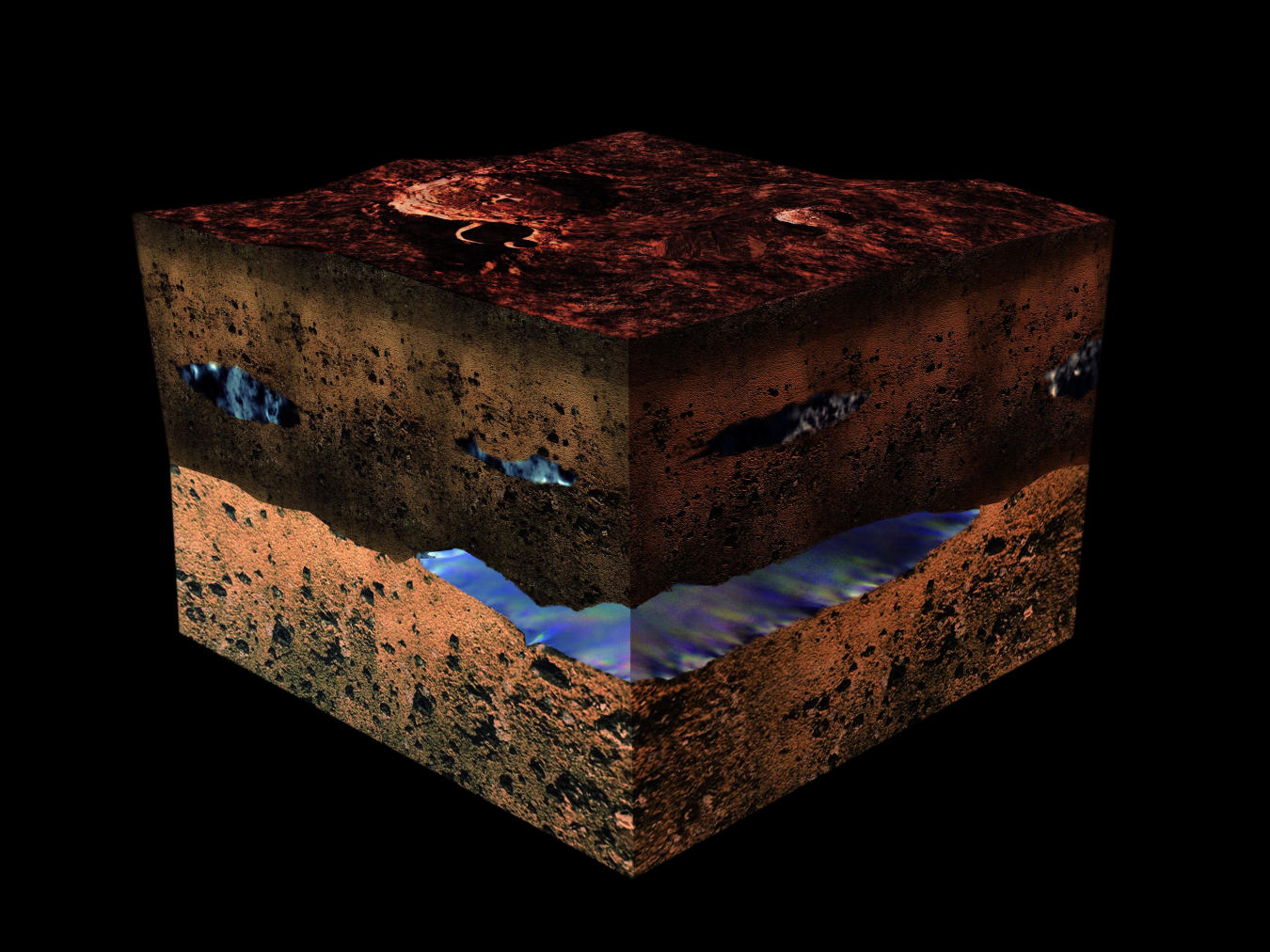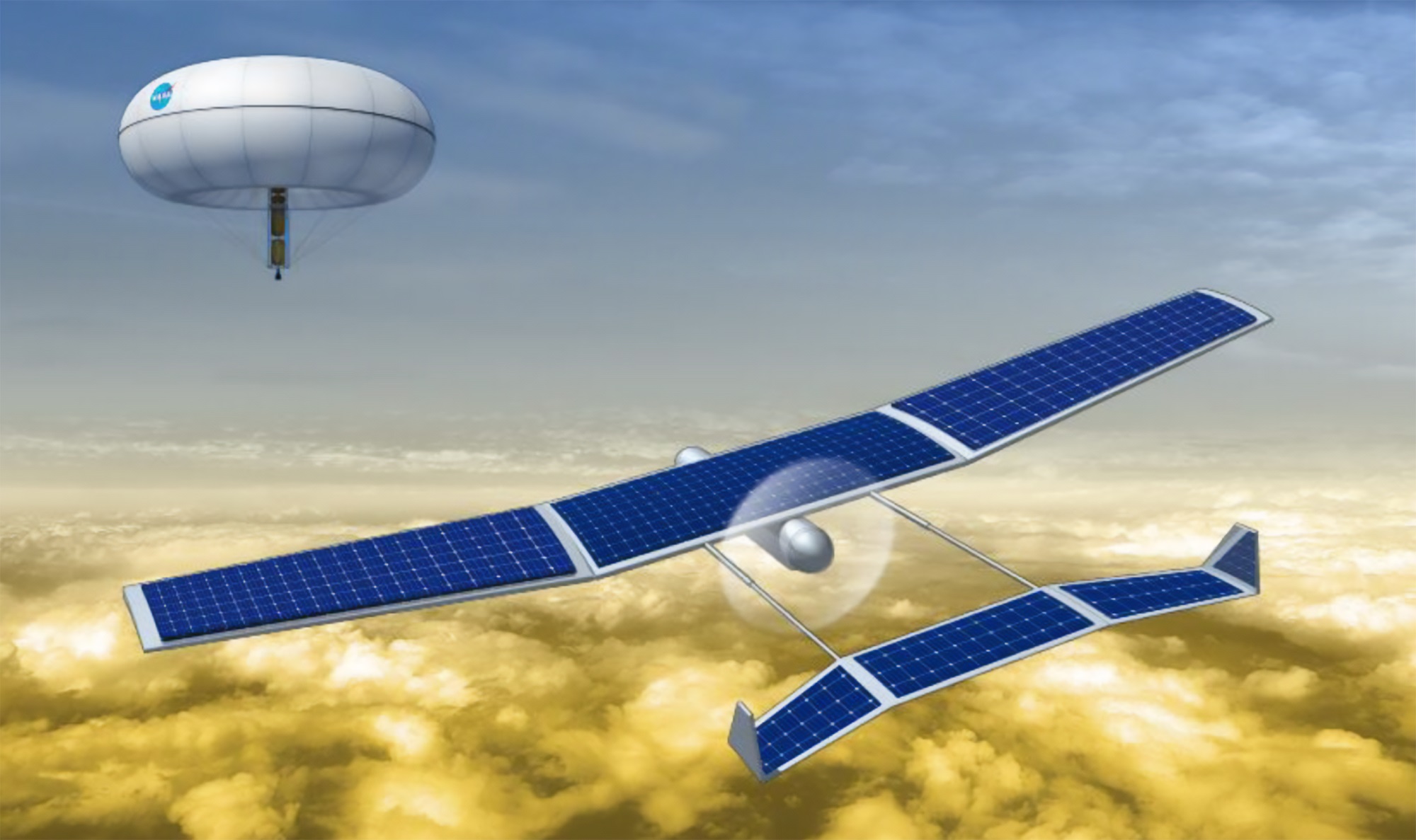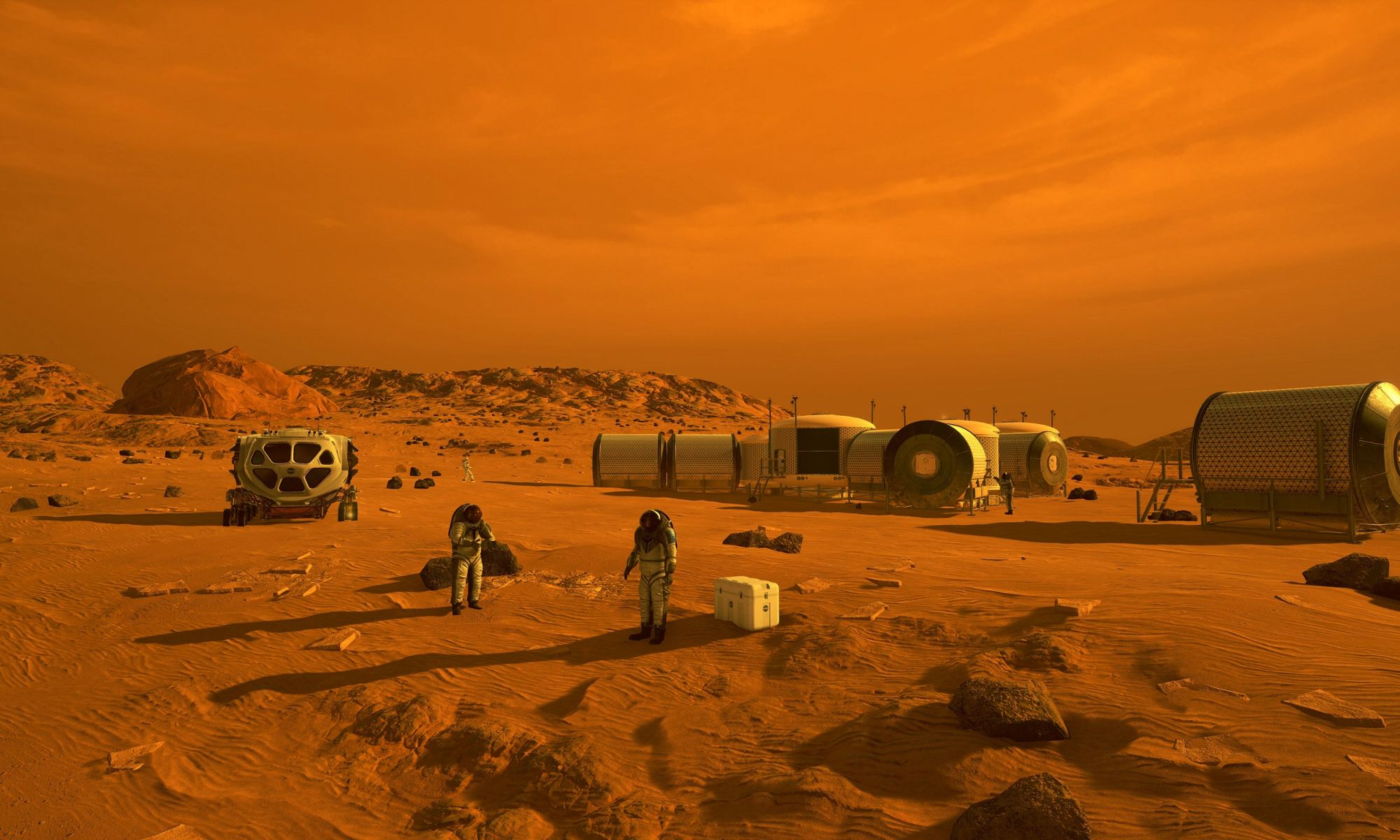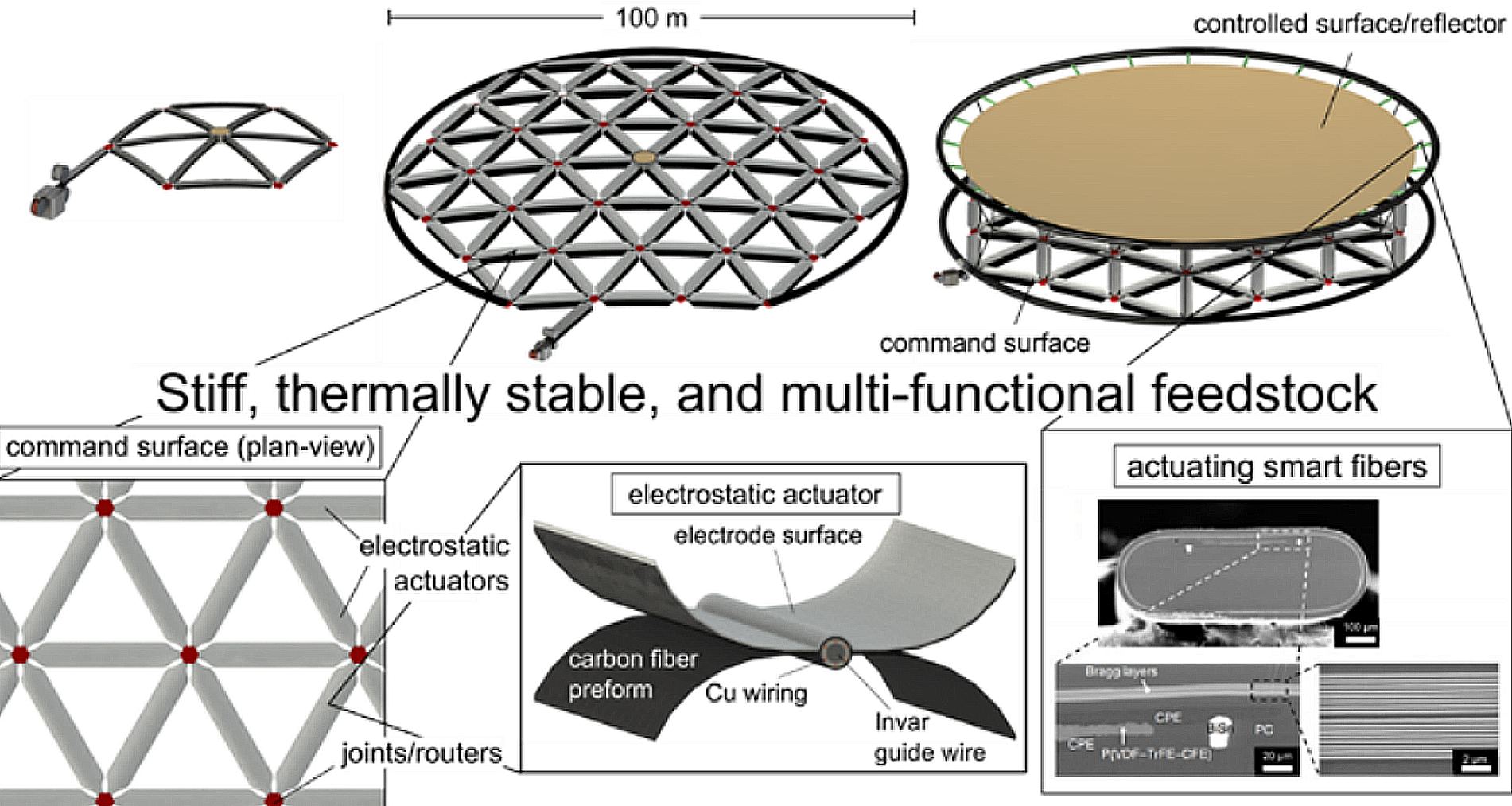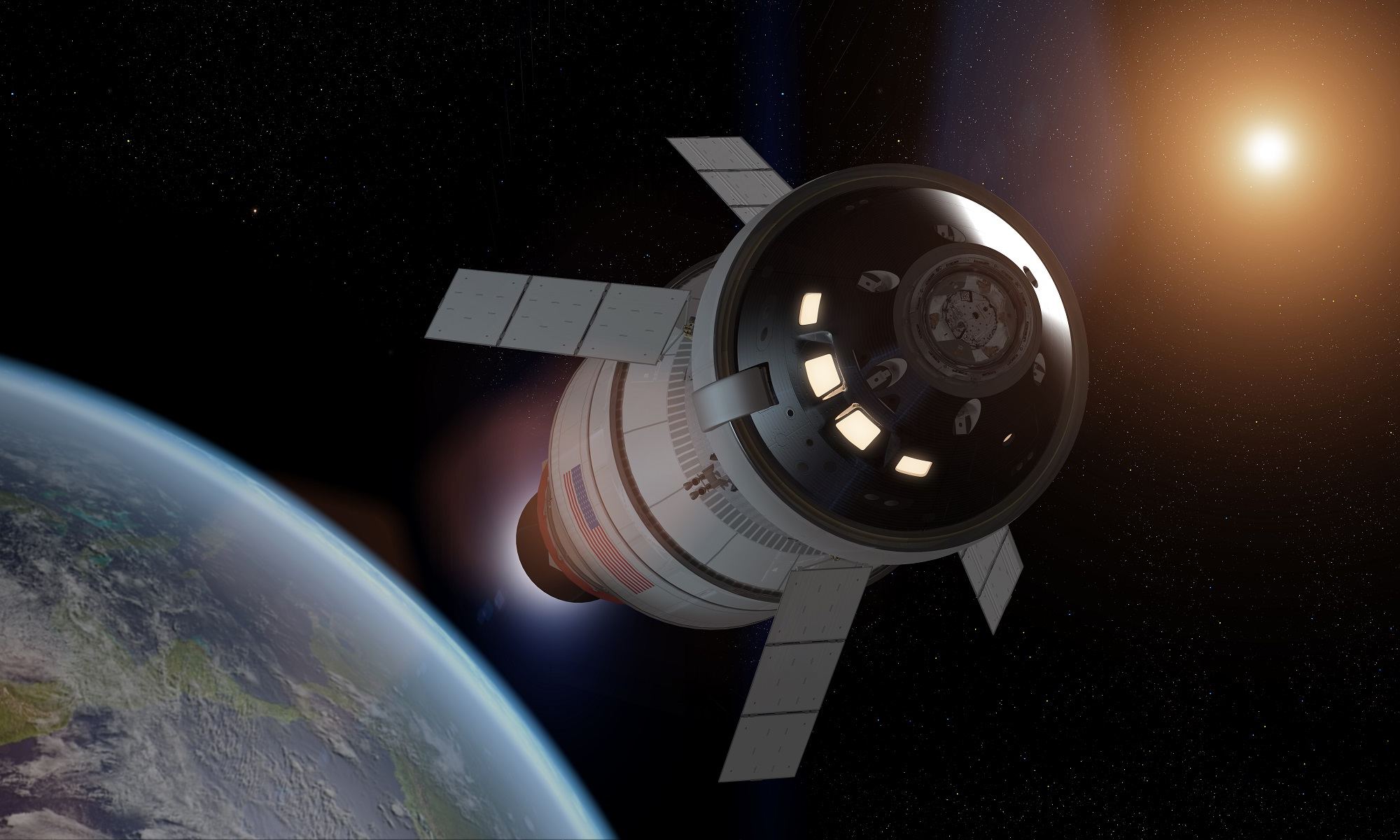Earlier this year, NASA selected a rather interesting proposal for Phase I development as part of their NASA Innovative Advanced Concepts (NIAC) program. It’s known as Swarming Proxima Centauri, a collaborative effort between Space Initiatives Inc. and the Initiative for Interstellar Studies (i4is) led by Space Initiative’s chief scientist, Marshall Eubanks. The concept was recently selected for Phase I development as part of this year’s NASA Innovative Advanced Concepts (NIAC) program.
Similar to other proposals involving gram-scale spacecraft and lightsails, the “swarming” concept involves accelerating tiny spacecraft with a laser array to up to 20% the speed of light. This past week, on the last day of the 2024 NASA Innovative Advanced Concepts (NIAC) Symposium, Eubanks and his colleagues presented an animation illustrating what this mission will look like. The video and their presentation provide tantalizing clues as to what scientists expect to find in the closest star system to our own. This includes Proxima b, the rocky planet that orbits within its parent star’s circumsolar habitable zone (CHZ).
Continue reading “New Video Shows How Tiny Spacecraft Will “Swarm” Proxima Centauri”

